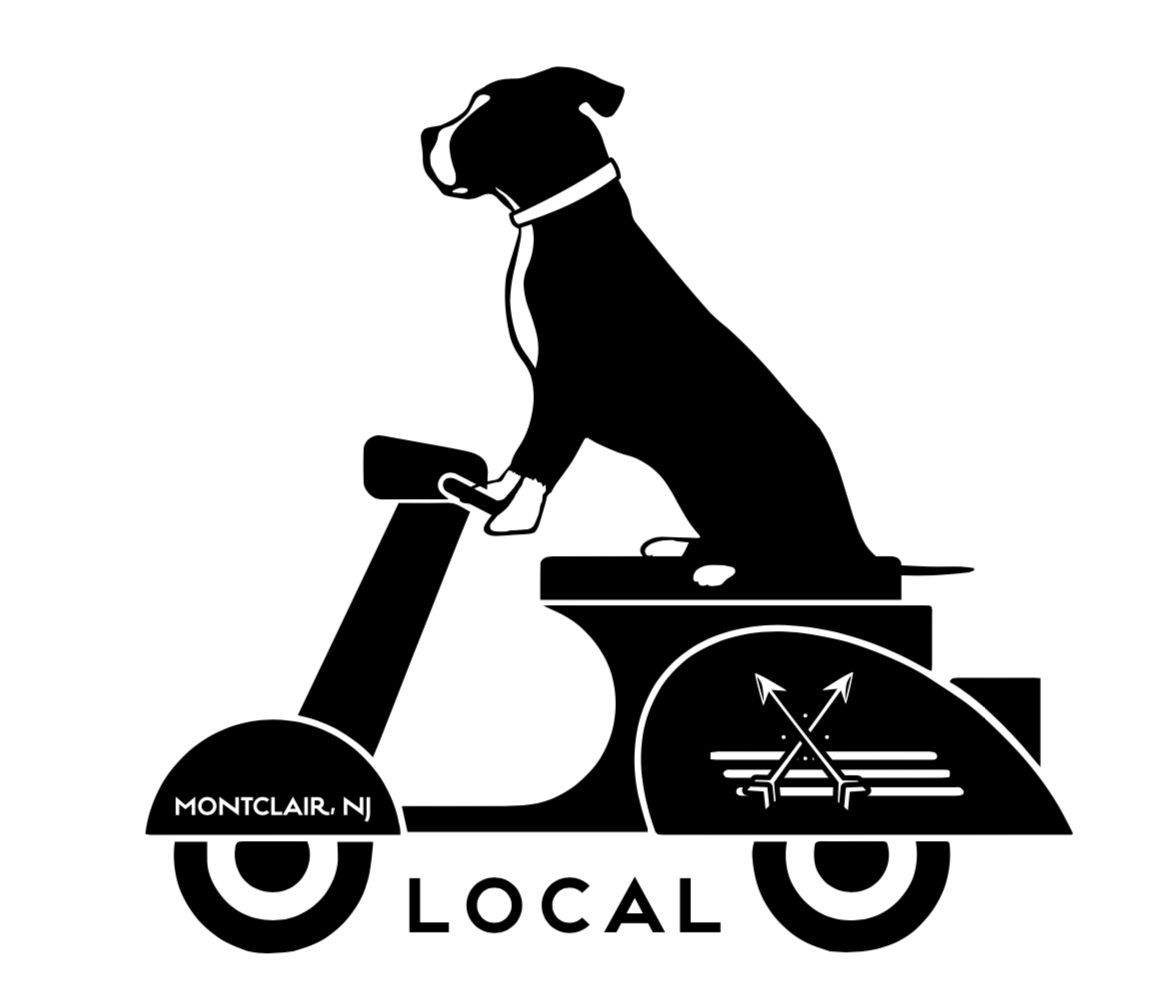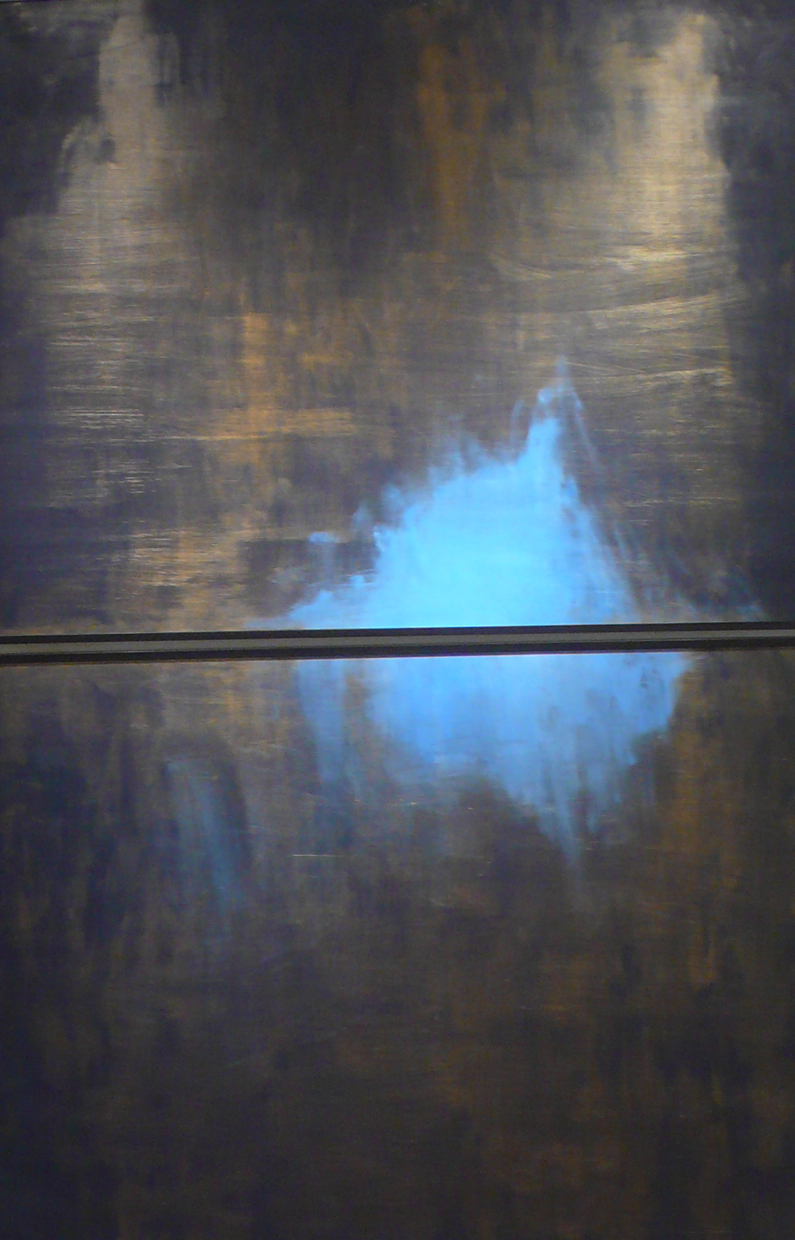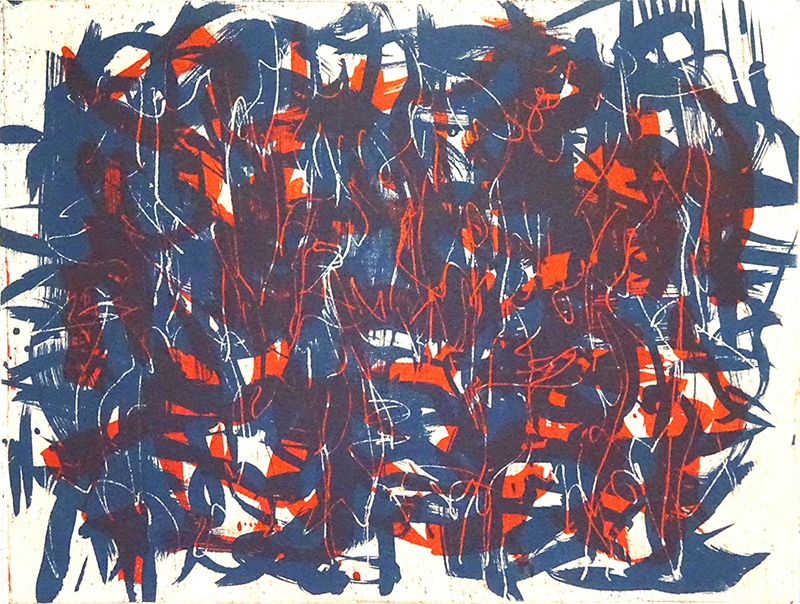How did you learn and hone your craft?
After fifty years, I'm still learning and honing. I'd say the best way to do anything is to just do it: sit down or stand up and draw, pencil and paper, pen and ink, computer, or whatever tool you have on hand.
You interact with so many pets and pet parents, what has been the biggest learning for you?
I listen to what people say and draw the best drawing I can draw. I try not to intellectualize what I do. My philosophy is simple: draw the pet and make the owner happy, but NEVER compromise. Draw as if your drawing MUST stand the test of time. I don't aim for photo images, I aim for the best, simplest drawing I can draw. It's all about the drawing: pencil, ink, maybe a little watercolor, that's it.
I've noted that pet sketches can come off extremely campy OR spot-on, with the artist being able to capture not just the image but the personality and character of the pet. Each of your sketches tells a different story and are so powerful, how do you approach each subject to extract that special something?
Source material: the better the photo, the better the drawing. If I get a good photo, you get a good drawing.
Are there any particular artists that have influenced your approach?
Honestly, no, I'm into my sixth decade and am who I am. I don't try to be anyone else. I admire John Singer Sargent and many, mostly American artists. I admire the work ethic and business sense of Andy Warhol and I like the drawings of Al Hirschfeld, just to provide a few examples. Are they all commercial artists? Yes, but they were also extremely talented and intelligent and diligent.
Do you have pets, if so - tell us about them?
I have dozens and dozens, hundreds of pets, but they're all on paper.
Tell us a bit about the images you have shared with us @ Local.
The drawings on the magnetic wall are all originals. Some are oil pastels and ink, (but I mostly stopped using oil pastel because it's messy and smears), and the others are watercolor and ink. Some are based on professional photos, but some are just good cell-phone photos. Some are popular breeds, some are unknown breeds. Some of my favorite drawings are mixed breeds. I used the drawings I used for a practical reason: it's what I had at hand. The drawings I don't have have been sold and the best artist is one who sells his or her work.
What's the best way for you to work with clients? Phone call, in-person meetings, simply sharing a photograph?
All I need is a good cell-phone photo emailed to me. I can work with a poor (hard copy) photo, too, and sometimes, maybe that's all a person has.

































